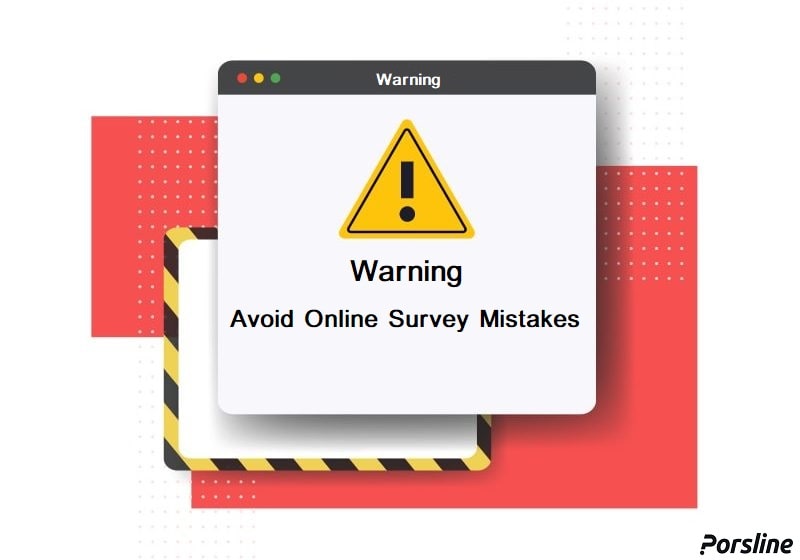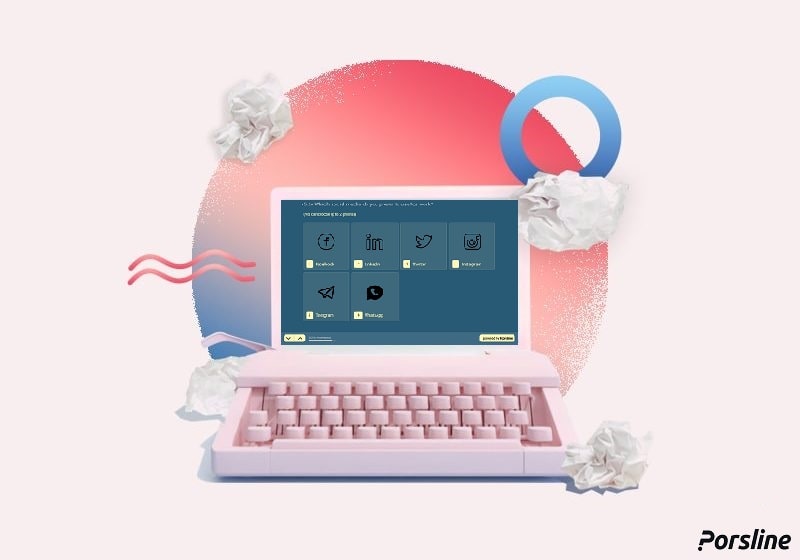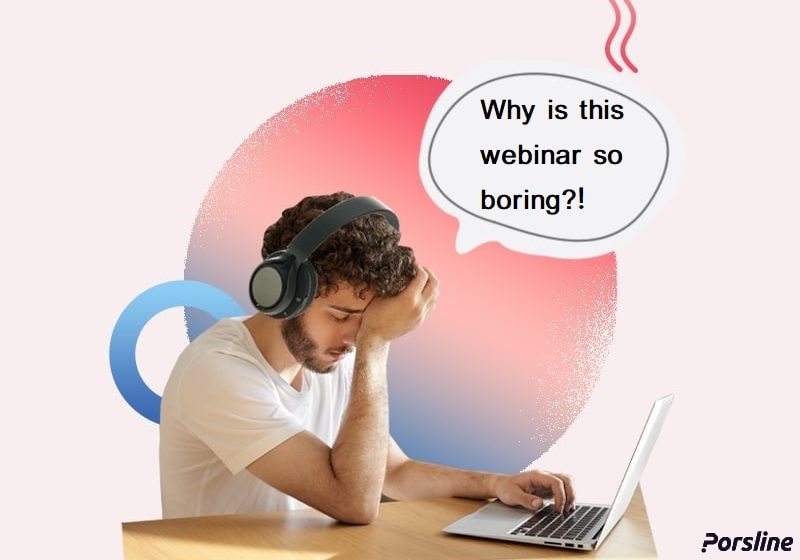Customer Segmentation – An exceptional technique to increase customer satisfaction

Customer Segmentation is a process by which you divide customers into similar or different groups. The more you know your customers, the better you can design your marketing plans based on their needs, desires, and behaviors because the first principle in marketing is knowing the customer. Customer segmentation in CRM (Customer Relationship Management) is used to divide customers based on specific similarities.
You might remember when you wanted to pick two soccer teams at school or in a group of friends. Perhaps a person who wanted to choose his team would first go to those who were physically stronger and faster sprinters, leaving the thin and short ones for last. This form of team selection is a type of segmentation.
Read this post if you want to know how to better segment your customers so that you can better address and solve their problems based on their needs and ultimately gain your customers’ satisfaction.
What is Customer Segmentation?

For decades, marketers and executives have been implementing customer segmentation to know who is buying their services or products. But be aware that if you do not segment your customers at all or even use old-fashioned methods of customer segmentation, you are probably both losing and wasting your money.
Segmentation is the process by which we group different items into similar categories and groups with similar characteristics. The goal here is to put the data in the appropriate categories in terms of its usability in a particular sector such as marketing.
If we wish to examine this concept in CRM (Customer Relationship Management), let us consider a market analyst who wants to segment his audience by different industries.
Marketers believe that if they assign a special method of marketing to each segment of customers, they will get a higher response rate and earn more income. Based on this, they should segment their B2B (Business to Business) database according to the Standard Industrial Classification (SIC) or North American Industry Classification System (NAICS). And then, they must determine the best marketing method of each one using the obtained data.
You can segment customers based on different characteristics such as personality, interests, and habits. Also, you may consider factors such as demographics, industry, or income, and use them to design Customer Satisfaction Survey questions for each segment.
Benefits of customer segmentation for businesses
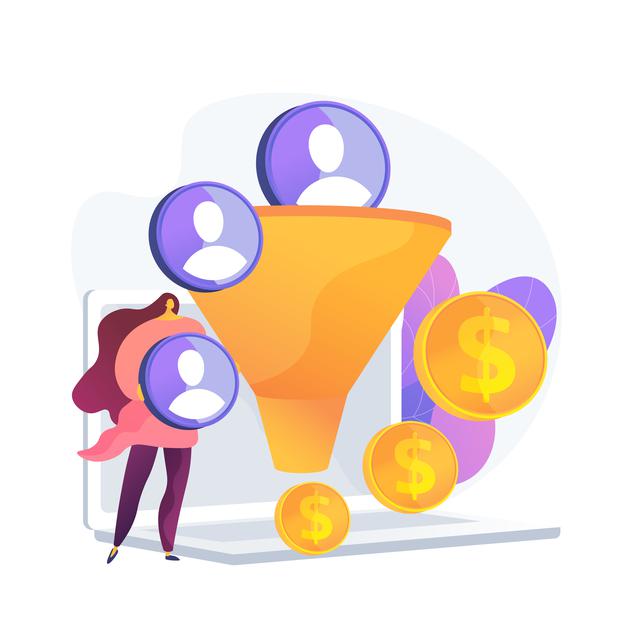
Customer segmentation is an easy way to manage the relationship between your company and customers. It helps you design your marketing, service, and sales plans according to the needs of your various customer segments, and increase brand loyalty and customer satisfaction.
Customer segmentation is your first step towards measuring and understanding the concept of customer satisfaction.
Customer segmentation gives the organization the ability to understand common patterns and differences among customers. Collecting and analyzing data needed for the customer segmentation process can benefit the company in the following cases:
- Customer segmentation allows you to create more oriented and successful campaigns and ads from which you achieve better results and increase the return on your invested capital.
- By understanding your customers’ needs and problems, you can provide them with better customer service and support and enhance your customer experience.
- Content personalization will increase customer loyalty to your brand.
- Customer segmentation is the best way to know your most valuable customers and create different services for them.
- Customer segmentation offers you new opportunities to produce and provide specific and effective products and services.
John Forsyth, a senior executive at McKinsey, says:
«We see a lot of companies saying, ‘ We want to be more customer-oriented ‘, but what they do not know is how to start going down that path. I tell you to start with the lowest level of understanding your consumer or customer, and that means you should employ customer segmentation».
Although the type of service or product determines the criteria for customer segmentation, there are basic parameters based on which most organizations conduct their customer segmentation processes. The data needed to perform customer segmentation is usually collected through existing lists of customer information, surveys, questionnaires, and internet searches.
Customer Segmentation methodologies – Their types and course of action
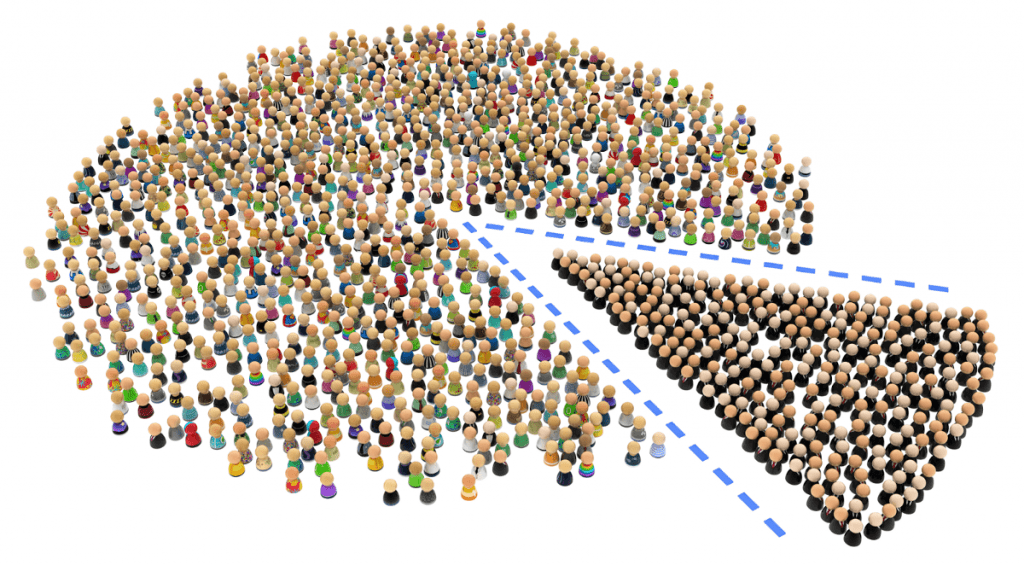
There are several ways to carry out customer segmentation. But first of all, keep in mind that you cannot adopt only one method. Rather, you must choose the segmentation technique based on your customers and the type of business you are running.
For instance, suppose you have two customers who are both the same age, both live in the same city, and both are football fans. The only difference between them is that they support different football teams. Now, if your business is related to sports, do you think these two customers should belong in the same segment? And would the same marketing plan apply to both of them?
Customer segmentation can be divided into the following types:
- Demographic segmentation
- Geographic segmentation
- Psychographic segmentation
- Technological segmentation
- Behavioral segmentation
- Need-based segmentation
- Value-based segmentation
- Industry segmentation
There are also many factors to be taken into account under each of the above criteria:
|
Segmentation criteria |
Segmentation variables |
|
Demographic |
Age, Gender, Income, Education, Family |
|
Geographic |
Country, Governorate, City, Town |
|
Psychographic |
Personality, Values, Interests |
|
Technological |
Customer’s device preference (Mobile/ Computer), Applications, Software |
|
Behavioral |
Inclinations, Behaviors, Products, Features, Habits |
|
Need-based |
Each segment’s needs for specific products and services |
|
Value-based |
The economic value of each segment |
| Industry |
Type of industry (in B2B transactions) |
To make it easier for you to decide which criteria of customer segmentation to use, read what Harvard Business Review quotes John Forsyth saying:
«Many companies just want to implement customer segmentation. But before you start dividing your customers into groups, you need to know why you are taking this step and what plans you need to accomplish that. If you plan this very well, you can take practical steps to advance your organization.»
This way you can start segmenting your customers based on their needs or behavior.
John Forsyth continues:
«If you are running a strategic business and wish to know whether or not you have the right brand and the correct value proposition, or if you have set up the right product line, I suggest you start with identifying the customer needs.»
This way, you can know which of the customer’s needs your product or service meets.
John Forsyth also comments:
«But if you think you have all of these things under control and you want to understand how to market your customers and how to manage your advertising costs in cyberspace or TV advertising, then you should use Customer Behavioral Segmentation.»
In this case, you need to categorize the differences between various customer segments based on their lifestyle and shopping habits.
The main indicators of customer segmentation
In customer segmentation, regardless of the criteria employed, you should consider the following key indicators:
- Customer segmentation must be identifiable: You must be able to identify customers in each segment and assess their characteristics.
- Customer segmentation must be substantial: Since targeting a small group of customers is not usually profitable, it is best to segment your customers into large groups.
- Customers of each segment must be accessible: It may seem strange to you but you must be able to reach customers of each segment through different communication channels. For example, for younger customers, social media is your best choice.
- Customer segmentation must be stable: If you wish for your marketing efforts to be successful, your customer segments must be stable at least for a period of time so that you achieve a consistent marketing strategy. For instance, the customer’s lifestyle is one of the common methods of customer segmentation. However, research has shown that people’s lifestyles are constantly changing, so it may not be wise for some businesses to use this criterion.
- Customers in each segment must be distinguishable: Individuals (or organizations in B2B marketing) must have similar needs that distinguish them from other segments.
- Customer segmentation must be actionable: You must be able to provide your products and services for all your customer segments.
How to start customer segmentation?

Before you start the customer segmentation process, choose your goal and state why you want to achieve it. After that, choose the best criteria to implement customer segmentation based on your goal.
To start your customer segmentation process, you need to consider 5 key questions.
- Who is the customer? (Who?)
Demographic and firmographic information is the most basic data in customer segmentation. In this section, ask questions about age, gender, income, education, industry, specialization, number of customers, and type of ownership.
- Where is the customer? (Where?)
Identifying this parameter helps you determine how to reach your customer. It also gives you an idea about the geographical diversity of customers. Questions such as county or city, urban or rural, local or international, are common in this section.
- What has the customer done, what is he/she doing, and what will he/she do? (What?)
Start from the past. Examine the customer’s previous activities based on the following three parameters: Recency, Frequency, and Monetary. These parameters can be distinguishing factors. For example, the number of recent customer purchases, the amount of recent customer purchases, is he/she a new or old customer, and the total revenue received from him/her.
Understanding the customer’s goals and motivations and identifying their perspectives can highlight opportunities to sell and improve the product/service. So you have to ask questions about the current state of the customer. For example, in this section, it is common to ask questions about the overall customers’ satisfaction with the product/service, the technologies they used, the current priorities and challenges of their business, the customer preferences, and their behavioral or managerial practices.
Finally, you need to know what the customer thinks about their future relationship with your business. Common questions in this section may be about the possibility of repurchasing from you and recommending your product/service to others.
- When does the customer buy? (When?)
Another factor in customer segmentation is the time of purchase. For instance, does the customer purchase on a seasonal or weekend basis, or do they purchase on a specific event? Add to this many other similar questions whose answers may be a factor that unites or separates your customers.
- How do you interact with the customer? (How?)
Whether the communication with the customer is conducted online, through a physical store, by telephone, or through a sales representative, you need to ask the following questions:
What communication channels does the company use to communicate with the customer?
Which channel does the customer prefer to contact the company?
These are the 5 basic parameters to start customer segmentation. Every business, depending on the nature of its product or service, must collect a variety of other data to identify and segment the customers.
Conclusion
To achieve your customers’ satisfaction, it is necessary to know their needs and concerns very well, then address those needs to finally obtain their satisfaction. However, without customer segmentation, this may be quite impossible to achieve.
Presented in this post various methods and techniques of customer segmentation. Do not forget that you can use the free Porsline Customer Satisfaction Survey Template to measure your customers’ satisfaction. Also, by using the online survey, you can identify their needs and concerns, which will ultimately help you with the customer segmentation process.


